Ohio Farm Bureau endorses Deters, Hawkins, Shanahan for Ohio Supreme Court
Agriculture for Good Government PAC has endorsed Justice Joseph Deters, Judge Dan Hawkins and Judge Megan Shanahan for election to the Ohio Supreme Court.
Read MoreThe 2023 algal bloom is expected to have a low severity index of 3, according to the final forecast from the National Atmospheric and Oceanic Administration. This forecast uses an ensemble of different models, which consider phosphorus loading into Lake Erie during the spring and early summer.
The mainly dry weather pattern in spring and early summer slowed the flow of water systems within the Western Lake Erie Basin, causing lower amounts of nutrients to be transported from the watershed. This proves that weather and climate have the biggest role in reducing phosphorus load into Lake Erie.
“In past years, heavy rainfall events made it impossible to take measures to keep nutrients in place and hampered spring field work,” said Jordan Hoewischer, director of water quality research with Ohio Farm Bureau. “This spring, too little rain may cause nutrient deficiencies in corn and soybean crops as those nutrients may not have been as readily available to the plant, typically utilized by the crop after a normal rain event. It shows how important the amount of precipitation is for farmers to grow a successful crop and what too little or too much rain, which is beyond the farmer’s control, can mean for the potential of algal blooms.”
With the continued funding of the H2Ohio water quality initiative and the growth of the Ohio Agriculture Conservation Initiative certification program, both designed to help farmers find more and better nutrient management practices, efforts will continue to advance across Ohio.
NOAA will release the final algal bloom statistics for 2023 in September.
Ohio Farm Bureau’s mission is working together for Ohio farmers to advance agriculture and strengthen our communities. Learn more at ohiofarmbureau.org.
This is a news release for use by journalists. Questions should be directed to Ty Higgins, 614-246-8231 or [email protected].
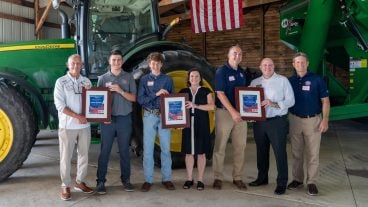
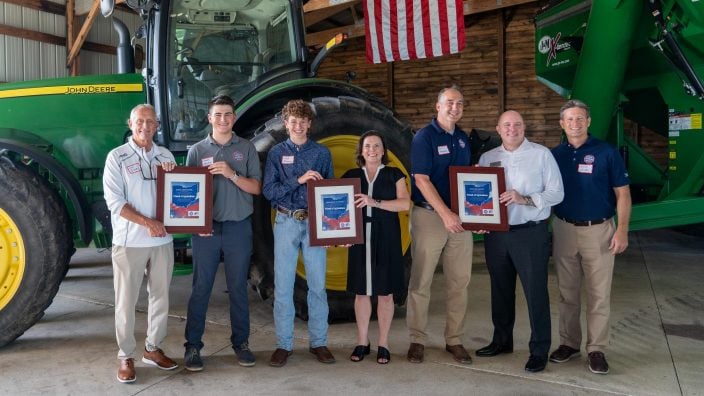
Agriculture for Good Government PAC has endorsed Justice Joseph Deters, Judge Dan Hawkins and Judge Megan Shanahan for election to the Ohio Supreme Court.
Read More
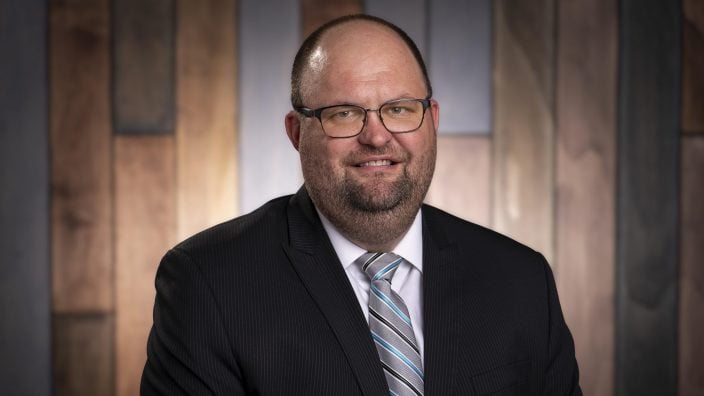
Craig Pohlman of Venedocia was recently named to the seven-member Ohio Farm Bureau Health Benefits Plan Board of Trustees.
Read More

After years of advocacy from Ohio Farm Bureau and its partners, the Ohio Department of Taxation announced today that it will address inaccurate woodland calculations in the Current Agricultural Use Value program.
Read More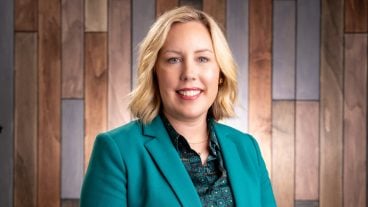
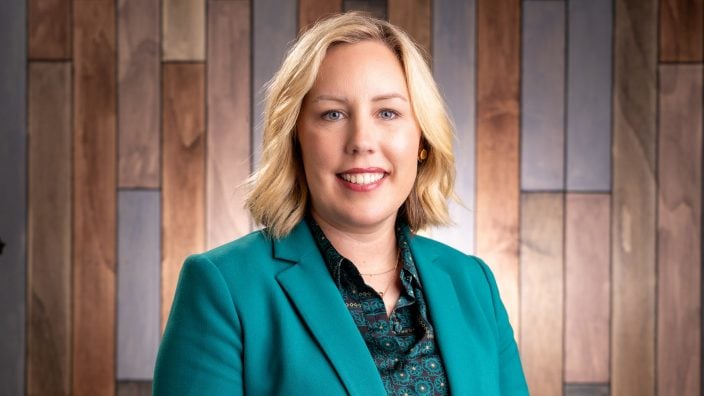
Marlene Eick of Wooster has been named senior director, leadership development for Ohio Farm Bureau.
Read More

The 2024 Ohio Farm Bureau Foundation Golf Invitational raised over $110,000 for foundation scholarships, grants and programs that help enhance agricultural communities and support careers in agriculture.
Read More

The mainly wet weather pattern in early spring caused the flow of water systems within the Western Lake Erie Basin to be above normal, creating what is considered a ‘mildly severe’ algal bloom forecast by NOAA.
Read More

The report showcases the impacts being made by Ohio farmers who are taking measures to ensure clean water through voluntary efforts that are being done on a large scale with measurable results.
Read More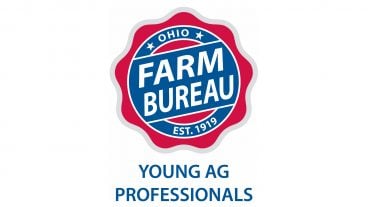
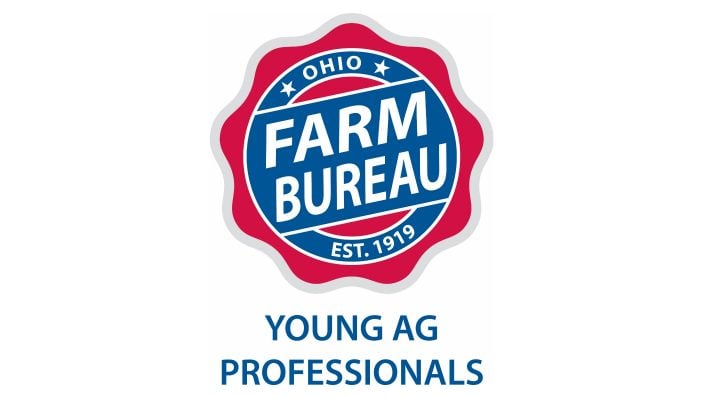
Each session will feature new and innovative solutions, research, and information on the latest technology and strategies to protect farms and rural communities.
Read More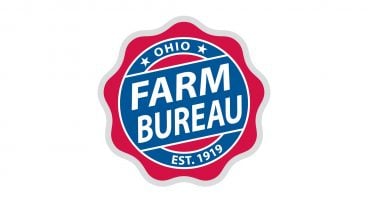
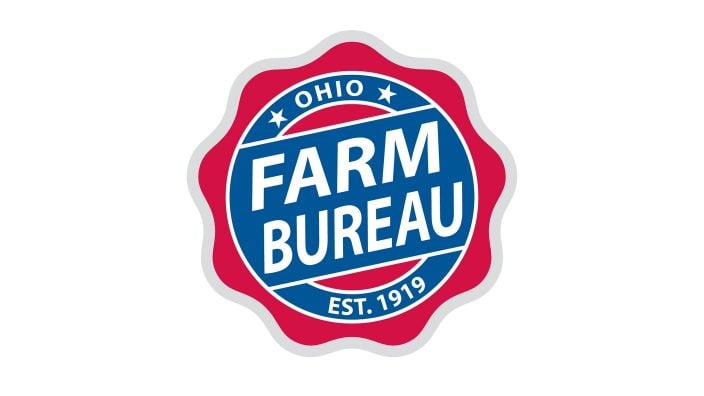
Ohio Farm Bureau has filed a brief with the U.S. Supreme Court, asking the highest court in the land to take on a case to help Ohio landowners.
Read More

The 2024 Ohio Farm Bureau Foundation Golf Invitational takes place June 24 at Scioto Reserve Country Club in Powell.
Read More